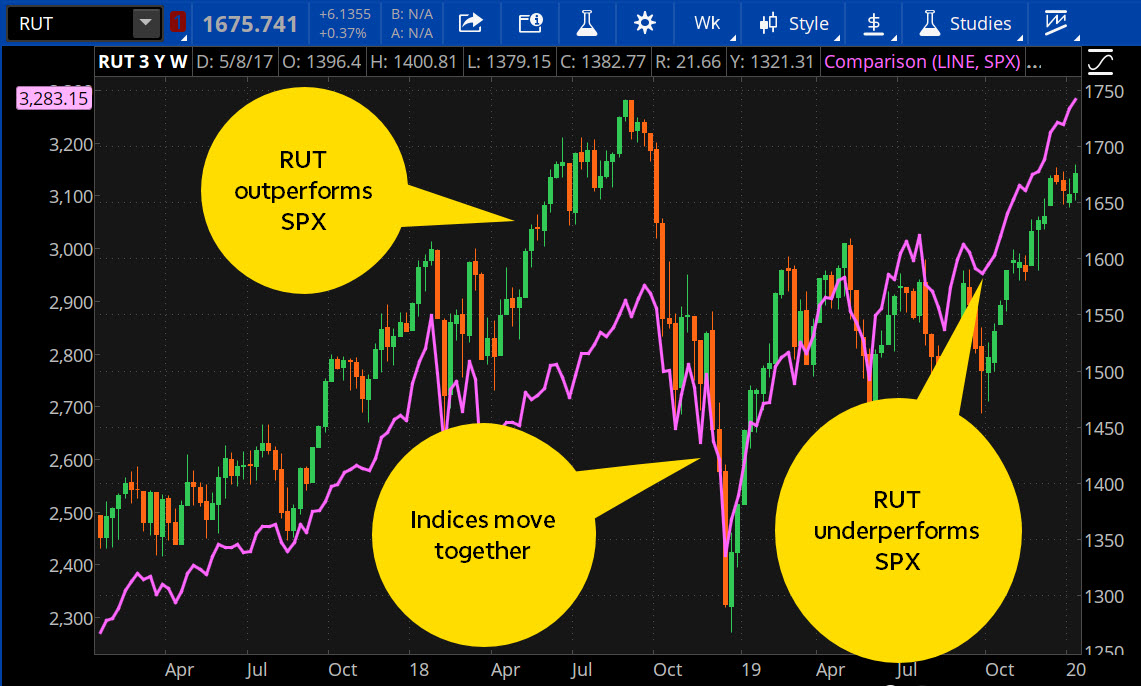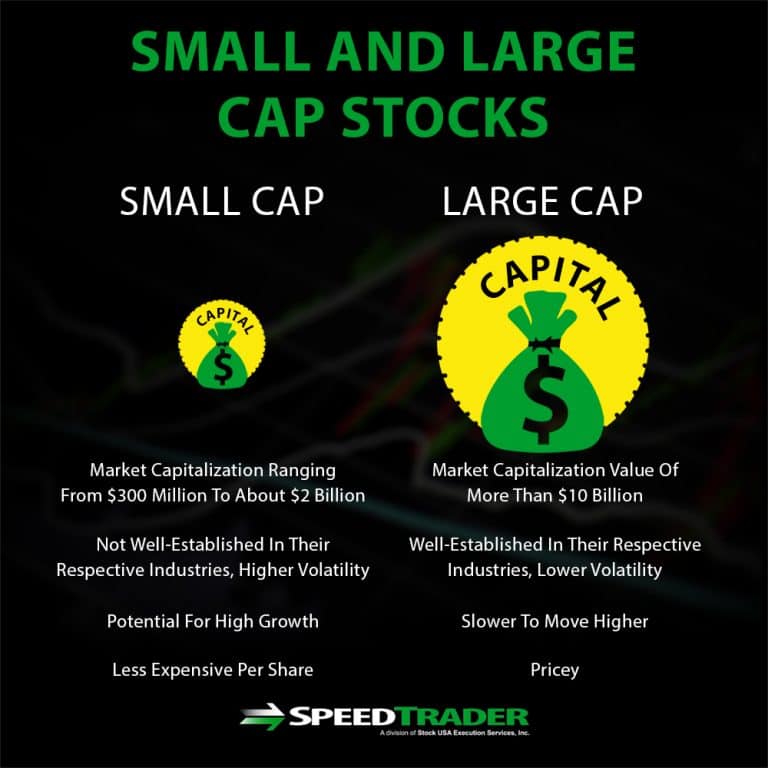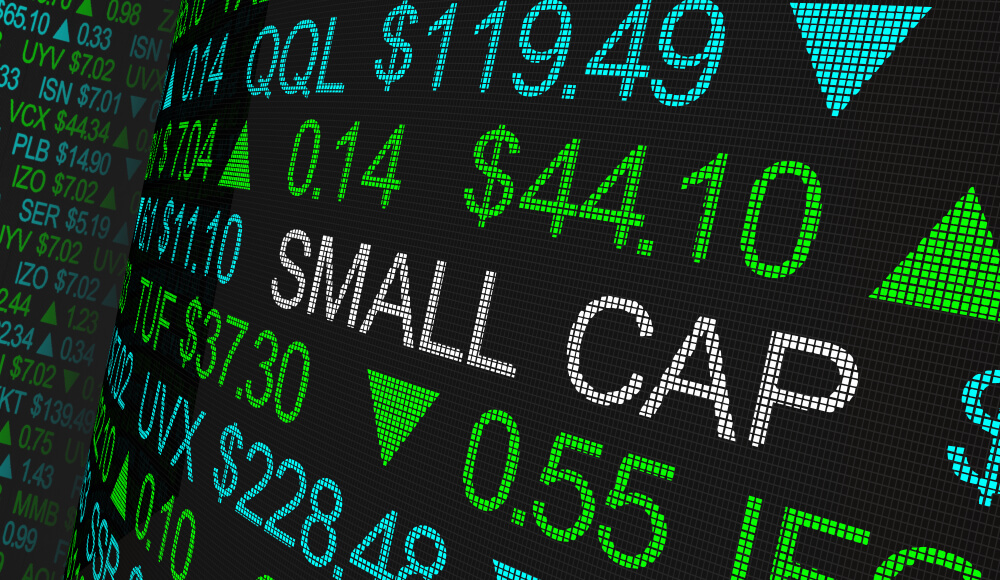What Drives the Performance of Small-Cap Stocks
The Russell 2000 index is a widely followed benchmark for small-cap stocks in the United States, providing a snapshot of the performance of this dynamic market segment. With approximately 2,000 publicly traded companies, the index offers a diverse range of investment opportunities for those seeking to tap into the growth potential of small-cap stocks. However, understanding the composition of the Russell 2000 index is crucial for investors, as it can have a significant impact on investment decisions. By grasping what stocks make up the Russell 2000, investors can gain valuable insights into the underlying drivers of the index’s performance and make more informed decisions about their investments. In this article, we will delve into the world of small-cap stocks and explore the intricacies of the Russell 2000 index, providing a comprehensive guide for investors seeking to unlock the potential of this often-overlooked segment of the market.
How to Navigate the Diverse Landscape of Small-Cap Stocks
Investing in small-cap stocks can be a challenging and complex endeavor, requiring a deep understanding of the companies that make up the Russell 2000 index. With over 2,000 constituents, the index presents a diverse range of investment opportunities, each with its unique characteristics, risks, and potential rewards. To successfully navigate this landscape, investors must have a thorough grasp of what stocks make up the Russell 2000 and how they interact with one another. In this article, we will provide an in-depth exploration of the Russell 2000 index, delving into its composition, sector breakdown, and top holdings. We will also discuss the various ways to invest in the index, including index funds, ETFs, and mutual funds, and provide tips on how to stay ahead of the curve by monitoring changes to the index. By the end of this article, readers will have a comprehensive understanding of the Russell 2000 index and be equipped with the knowledge to make informed investment decisions.
The Russell 2000 Index: A Snapshot of its Holdings
The Russell 2000 index is a market-capitalization-weighted index comprising approximately 2,000 publicly traded small-cap companies in the United States. With a total market capitalization of around $2 trillion, the index provides a broad representation of the small-cap segment of the US equity market. In terms of sector breakdown, the Russell 2000 index is diversified across various sectors, including healthcare, technology, financial services, consumer discretionary, and industrials, among others. Geographically, the index’s constituents are primarily based in the United States, with a small percentage of companies listed on international exchanges. Understanding the composition of the Russell 2000 index is essential for investors seeking to tap into the growth potential of small-cap stocks. By grasping what stocks make up the Russell 2000, investors can gain valuable insights into the underlying drivers of the index’s performance and make more informed investment decisions. In the following sections, we will delve deeper into the top holdings and sector breakdown of the Russell 2000 index, providing a comprehensive overview of its composition and diversity.
Top Holdings in the Russell 2000 Index
The Russell 2000 index is comprised of a diverse range of small-cap stocks, with the top holdings playing a significant role in shaping the index’s performance. The top 10-15 holdings in the Russell 2000 index account for approximately 10% of the index’s total market capitalization, with the largest components being companies such as Novavax, Inc., a biotechnology company, and Penn National Gaming, Inc., a gaming and hospitality company. Other notable top holdings include healthcare companies such as Teladoc Health, Inc. and Tenet Healthcare Corporation, as well as technology companies like Stamps.com Inc. and BlackBerry Limited. Understanding what stocks make up the Russell 2000, particularly the top holdings, is crucial for investors seeking to gain insights into the index’s performance and make informed investment decisions. By analyzing the market capitalization, industry, and recent performance of these top holdings, investors can gain a deeper understanding of the index’s composition and identify potential opportunities for growth.
Industry Breakdown: A Closer Look at the Russell 2000’s Sectors
The Russell 2000 index is comprised of a diverse range of sectors, each with its own unique characteristics and performance drivers. Understanding the sector breakdown of the Russell 2000 index is essential for investors seeking to gain insights into the index’s performance and make informed investment decisions. The healthcare sector, for instance, accounts for approximately 20% of the index’s total market capitalization, with top holdings including Teladoc Health, Inc. and Tenet Healthcare Corporation. The technology sector, on the other hand, accounts for around 15% of the index’s market capitalization, with top holdings such as Stamps.com Inc. and BlackBerry Limited. Other notable sectors include financial services, consumer discretionary, and industrials, each with its own distinct weightings and top holdings. By analyzing the sector breakdown of the Russell 2000 index, investors can gain a deeper understanding of what stocks make up the Russell 2000 and how they contribute to the index’s overall performance. This knowledge can be used to identify potential opportunities for growth and to make more informed investment decisions.
How to Invest in the Russell 2000 Index
Investors seeking to tap into the potential of the Russell 2000 index have several options to choose from. One popular approach is to invest in index funds, which track the performance of the Russell 2000 index by holding a representative sample of its constituent stocks. This approach provides broad diversification and can be a cost-effective way to gain exposure to the small-cap market. Exchange-traded funds (ETFs) are another option, offering the flexibility to trade throughout the day and the ability to invest in specific sectors or industries within the Russell 2000 index. Mutual funds are also available, offering the expertise of a professional fund manager and the potential for active stock selection. When deciding how to invest in the Russell 2000 index, it’s essential to consider factors such as fees, investment minimums, and risk tolerance. By understanding what stocks make up the Russell 2000 and the various investment options available, investors can make informed decisions and potentially unlock the index’s growth potential.
Conclusion: Unlocking the Potential of the Russell 2000 Index
In conclusion, understanding the composition of the Russell 2000 index is crucial for investors seeking to tap into the potential of small-cap stocks. By grasping what stocks make up the Russell 2000, investors can gain valuable insights into the index’s performance drivers and make informed investment decisions. The Russell 2000 index is a diverse and dynamic benchmark, comprising a wide range of sectors and industries. By recognizing the importance of sector exposure, geographic distribution, and top holdings, investors can unlock the potential of the Russell 2000 index and potentially achieve long-term growth. Whether through index funds, ETFs, or mutual funds, investors have various options to invest in the Russell 2000 index and capitalize on the opportunities presented by small-cap stocks. By staying informed and adapting to changes in the index, investors can stay ahead of the curve and maximize their returns.
Staying Ahead of the Curve: Monitoring Changes to the Russell 2000 Index
To maximize returns and minimize risk, investors must stay informed about changes to the Russell 2000 index. The index undergoes quarterly rebalancing, which involves adjusting the weightings of its constituent stocks to ensure that the index remains a accurate reflection of the small-cap market. Additionally, the index’s methodology may change over time, which can impact the composition of the index and its performance. Investors can stay ahead of the curve by monitoring these changes and adjusting their investment strategies accordingly. This can involve tracking the index’s quarterly rebalancing, staying up-to-date with changes to the index’s methodology, and regularly reviewing the composition of the index to ensure that it remains aligned with their investment goals. By doing so, investors can gain a deeper understanding of what stocks make up the Russell 2000 and make informed decisions about their investments. By staying informed and adapting to changes in the index, investors can unlock the full potential of the Russell 2000 index and achieve long-term success.






:max_bytes(150000):strip_icc()/Russel-2000-V3-4f3ef31086cf49058ecf1eadc55677de.jpg)